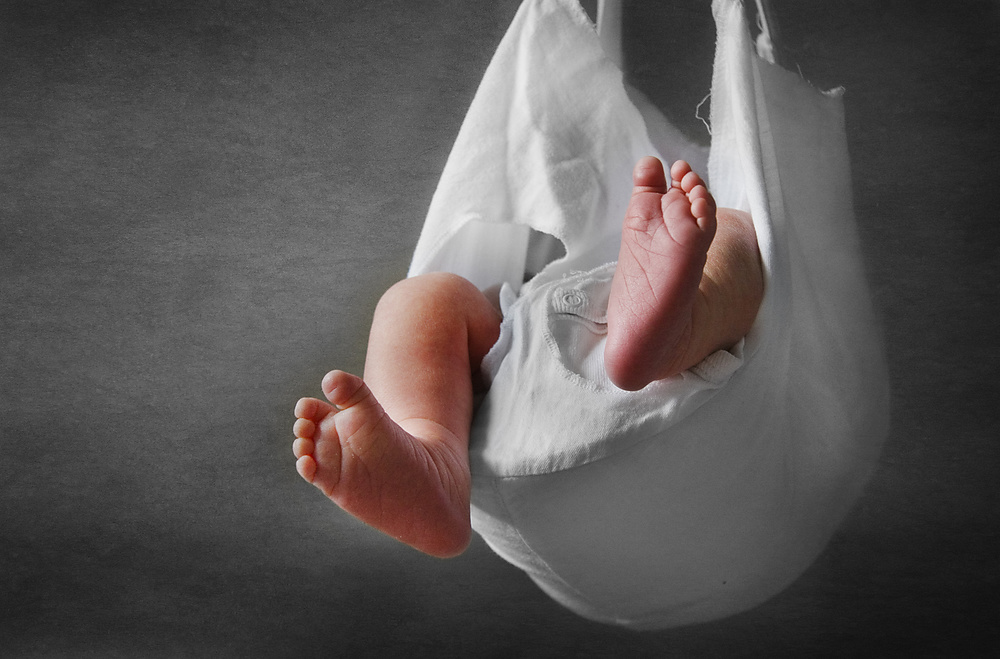January 12, 2022 | News | New Publication
Low Birth Weight Among IVF Children Not Linked to Infertility Treatments

© Photo: Jenzig71 / photocase.com
Children conceived through medically assisted reproduction are more likely to be born premature and are at greater risk of being born small than naturally conceived babies. However, according to new research by the UCL Centre for Longitudinal Studies, the University of Utah and the Max Planck Institute for Demographic Research (MPIDR), the differences in birth weight and prematurity are not due to the treatments themselves, but due to differences in family and health circumstances of the parents.
The study of almost 250,000 US families finds that differences in birth weight and pregnancy term between medically assisted reproduction (MAR) – including techniques such as IVF treatment, artificial insemination and fertility-enhancing drugs – and naturally conceived children is not due to MAR treatments.
Lead author of the study, Alina Pelikh (UCL Centre for Longitudinal Studies) explained: “Rather than the infertility treatment itself, these results highlight the importance of parents’ underlying fertility problems and health conditions, and infants’ birth characteristics, such as their birth order and whether they are a twin, on birth outcomes.”
According to Mikko Myrskylä, Director at the Max Planck Institute for Demographic Research and co-author of the study, “The findings are important in assessing the risks associated with medically assisted reproduction. Our results suggest that the treatments may be even safer than previously thought.”
The researchers analyzed data on 248,000 babies born in Utah, USA between 2009-2017 whose birth records are part of the Utah Population Database. They examined information to look at the effects of different types of infertility treatments on pregnancy term and children’s birth weight. The researchers analyzed rich data on mothers’ health, including pre-pregnancy body mass index (BMI) and blood pressure, parents’ age and education level, before examining information on infant birth order and multiple births.
Around 5 percent of infants were conceived using MAR, with fertility-enhancing drugs used by 60 percent, assisted reproduction (including IVF) by 26 percent and artificial insemination by 14 percent.
This text is a shortened version of a press release published by the UCL Centre for Longitudinal Studies. Read the whole text
Original Publication
Pelikh, A., Smith, K.R., Myrskylä, M., Goisis, A.: Medically Assisted Reproduction Treatment Types and Birth Outcomes: A Between- and Within-Family Analysis. Obstetrics & Gynecology (2022) DOI:10.1097/AOG.0000000000004655